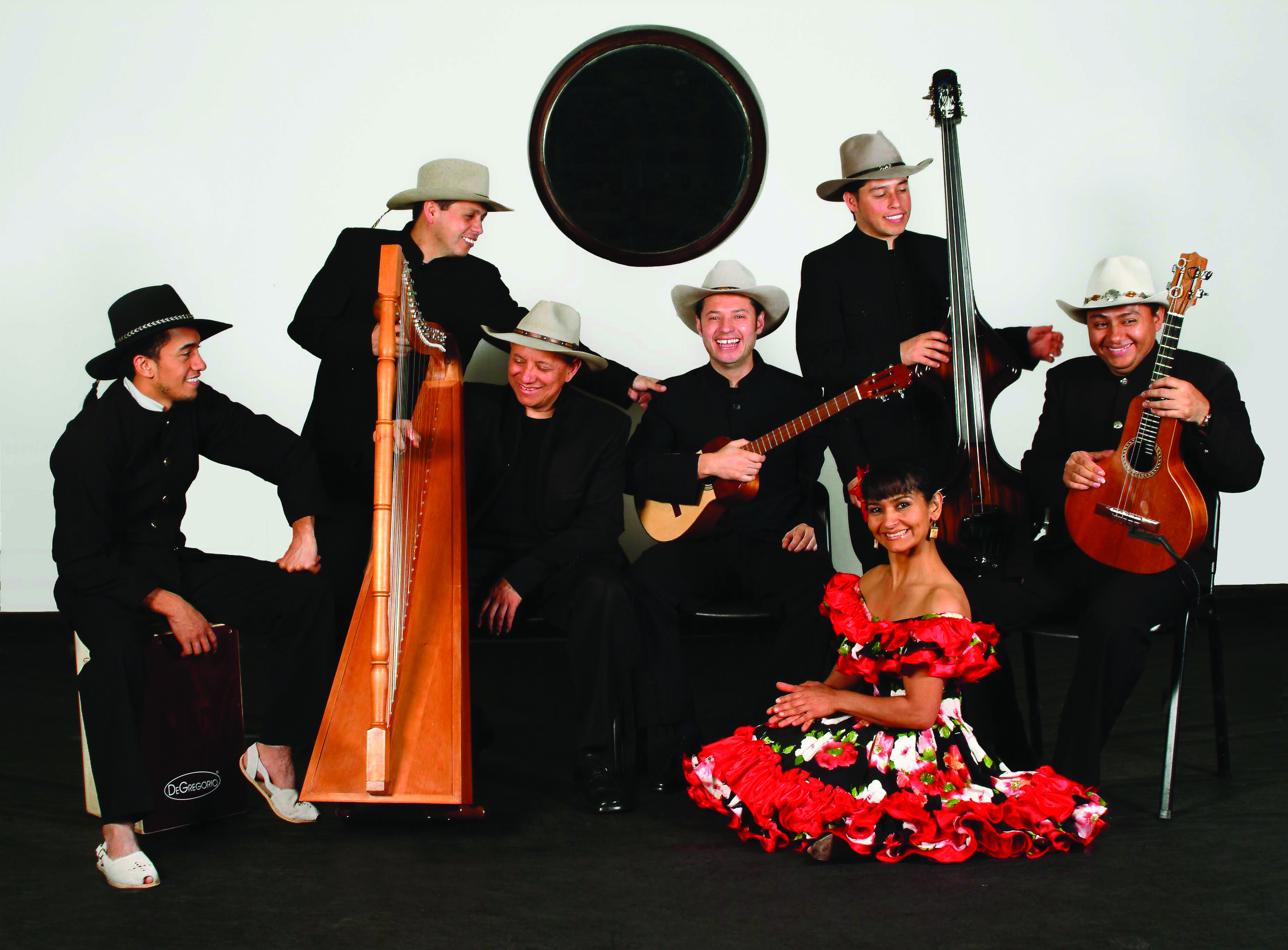 Some Interesting Spanish Music Groups Drawing influences from the French, German, Arabic, and Moorish cultures, Spanish music is one of the most diverse musical genres you will ever encounter. It has a variety of forms and styles, but a lot of people consider it as identical to the flamenco, a musical genre from Andalusia. If we look back into the development the music in Spain, there is a strong influence from the Christian era and the Roman culture. Subsequently, other cultures such as the Greeks, the Visigoth tribe from Germany, the Jews during the Diaspora, and the Arabs and Moors also made its impact on Spanish music. During the European Renaissance, Spanish musicians traveled the continent, learned about the musical genres of other countries, and came back to Spain to incorporate what they learned to the local music. The 18th and 20th centuries saw new developments to Spanish music, where other genres such as guitar, opera, and popular music came to life. These different sources of influence all contributed into making the Spanish musical tradition as unique as it is now.
Some Interesting Spanish Music Groups Drawing influences from the French, German, Arabic, and Moorish cultures, Spanish music is one of the most diverse musical genres you will ever encounter. It has a variety of forms and styles, but a lot of people consider it as identical to the flamenco, a musical genre from Andalusia. If we look back into the development the music in Spain, there is a strong influence from the Christian era and the Roman culture. Subsequently, other cultures such as the Greeks, the Visigoth tribe from Germany, the Jews during the Diaspora, and the Arabs and Moors also made its impact on Spanish music. During the European Renaissance, Spanish musicians traveled the continent, learned about the musical genres of other countries, and came back to Spain to incorporate what they learned to the local music. The 18th and 20th centuries saw new developments to Spanish music, where other genres such as guitar, opera, and popular music came to life. These different sources of influence all contributed into making the Spanish musical tradition as unique as it is now.
Musicians: 10 Mistakes that Most People Make
The many regions of Spain have distinctive musical genres which are recognizable by the instruments that were used. Flamenco, from Andalusia, is considered as the most popular form of Spanish dance and music. The tambourines, bandurria, castanets and the guitar are used as instruments for jota music which originated from Aragon.
If You Read One Article About Musicians, Read This One
The music of Northwest Spain has a pronounced Celtic influence and usually uses instruments like the gaita, tamboril, fiddle, harp, rebec and zanfona. Bagpipes and flabiol are musical instrument choice of Balearic Islands where the Xeremiers originated. A musical genre called Isa is a local type of jota in the the Canary Islands where the most popular instruments are the charango, tabor pipe and drums. Canary Islands’ local types of jota called ISA favors the instruments charango, tabor pipe and drums. The Jews, Romans, Italians, Moorish, French, Visigoth, and the Gypsy all lent their influence to the unique musical sound of Leon, Madrid, and Castille. Catalonia is the birthplace of sardana music while Extramadura’s music has a distinct Portuguese flavor to it. Murcia, with its acappella Christian songs, has Moorish musical influences. Finally, Valencia’s music, although known for its musical innovation, has Mediterranean influences. Despite the wide differences of the musical traditions in these regions, it is quite noticeably still Spanish in sound. Spanish artists and musicians like Julio and Enrique Iglesias, Alejandro Sanz, Maria Jimenez, Victor Manuel and a lot more, have been recognized worldwide for their talent and musical skills. The more popular musical groups include Falling Kids, Ketama, Pereza, Los Bravos and Greta. The Spanish musical tradition has gone through a lot of development, and even to this today, is still evolving and innovating. The way it has adapted to modern music is very interesting and perfectly captures the spirit of the Spanish musical tradition.
-
Recent Posts
Recent Comments
Archives
Leading Articles
- Providing The Body With Health And Wellness Benefits
- Cleanse The Body And The Soul The All Natural Way
- Experiencing a Wonderful Lifestyle With Nike’s Huarache Shoes
- How More Women Can Work On Attracting More Guys
- Does a Dude Genuinely Like You or Is He Merely Toying With Your Heart?
- Intense Workout Is Going To Assist You To Get To Your Desired Goals
- Commercial Roof Alternatives in Denver colorado
- The Top Professional Photographer May Make Your Wedding Memorable
- Even for Those Put Off by the Books, Great First-Hand Ways to Experience Tolkien Exist
- Better Your Personality For You To Get Your Boyfriend Or Girlfriend To Come Back
Categories
Sitemap

